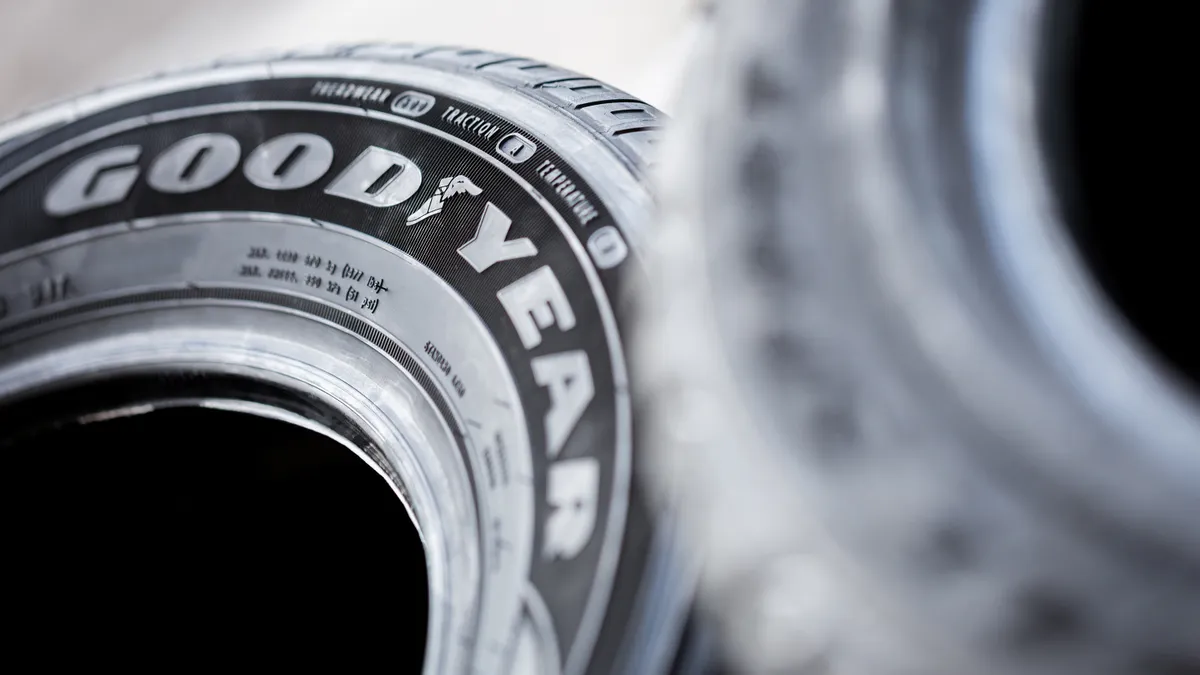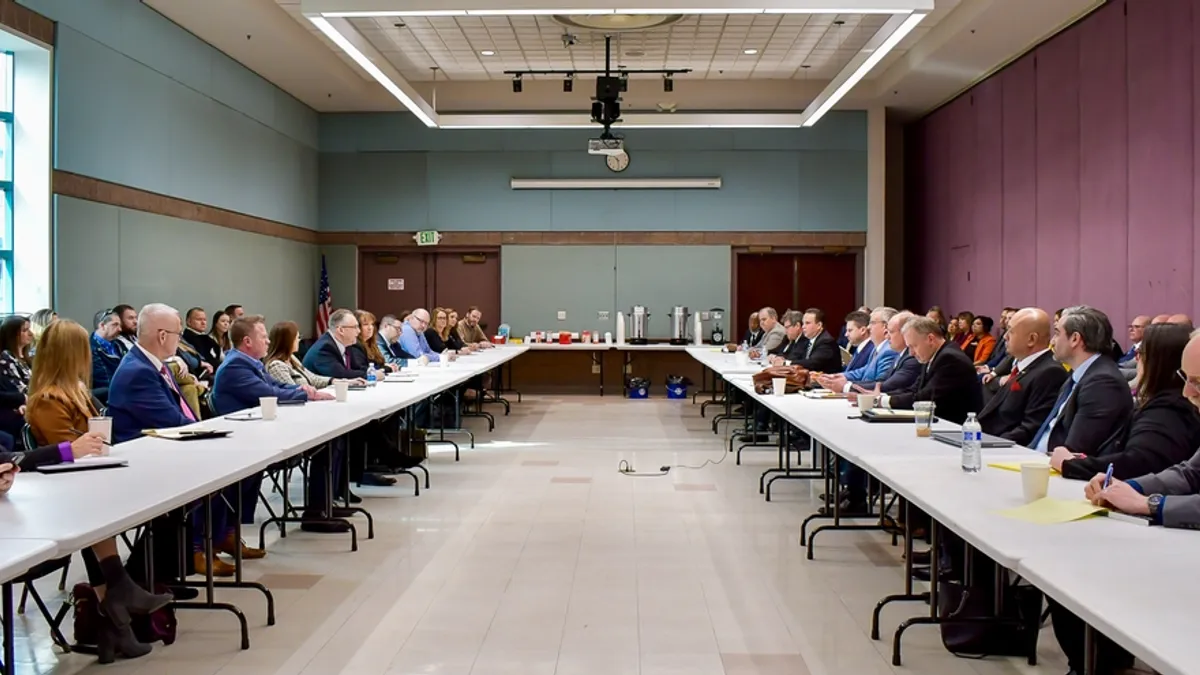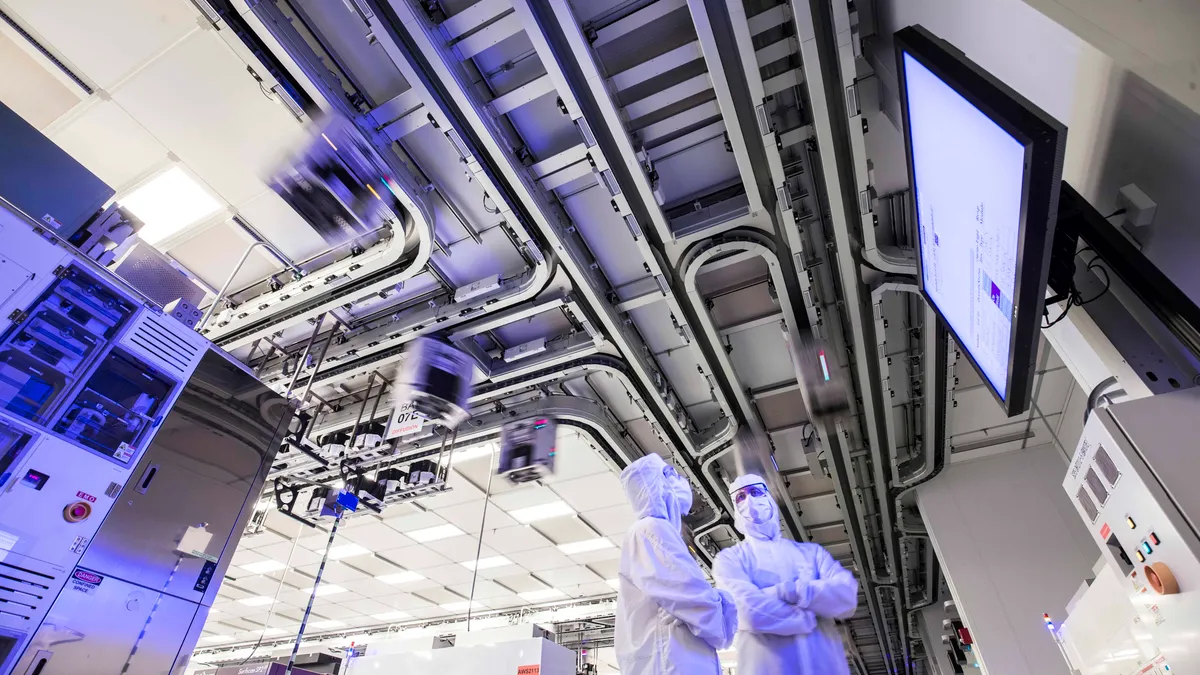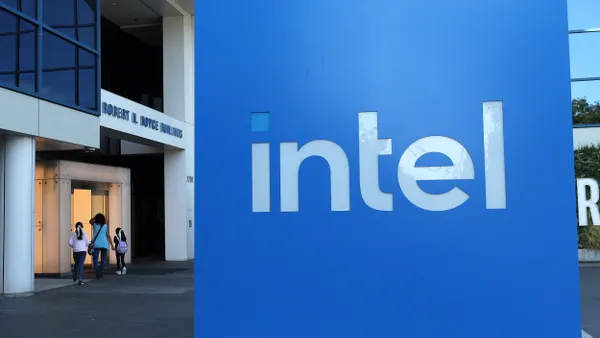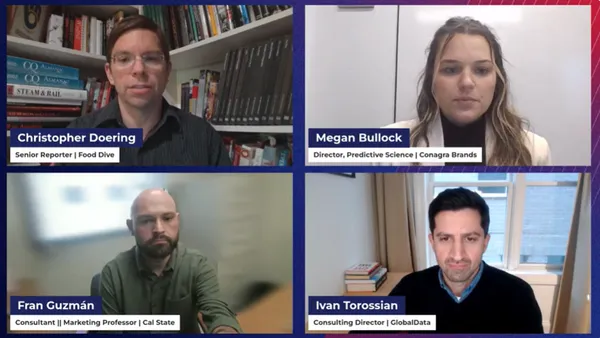Dive Brief:
- The Goodyear Tire & Rubber Co. exceeded its expectations in Q4 2024 with a net income of $76 million, a huge jump compared with last year’s net loss of $291 million, due to actions under its corporate transformation plan, according to a Feb. 13 earnings release.
- The tire manufacturer’s Q4 net sales were down 3.3% year over year at $4.9 billion and the full year’s net sales were down nearly 6% at $18.9 billion due to decreased tire units sold, unfavorable pricing and reduced inventory in its Americas and Asia Pacific segments.
- Meanwhile, net income for the full year skyrocketed to $70 million compared to 2023’s $689 million net loss, driven by a slight bump in segment operating income amid the company’s corporate strategy overhaul, according to a company presentation.
Dive Insight:
The rubber tire maker’s corporate transformation plan was initially announced in 2023. Since then, Goodyear has been working on streamlining its portfolio and production to reduce costs.
Other goals include generating $2 billion from divesting and seeking alternatives for its businesses, such as its chemical division, according to Goodyear’s Q4 2024 securities filing.
So far, the company has closed on the $905 million sale of its off-the-road tire business to The Yokohama Rubber Co. on Feb. 3. Last month, Goodyear announced an agreement to sell the Dunlop brand to Sumitomo Rubber Industries for approximately $701 million, set to close in mid-2025.
The company also set aside $1 billion as part of the restructuring plan, EVP and CFO Christina Zamarro said on a Feb. 14 earnings call. Other priorities under the plan include cutting $1.5 billion in costs by the end of the year through optimizing manufacturing plants, supply chain and research and development efforts.
Last month, the company announced plans to refocus its Danville, Virginia, facility on producing rubber mixing and aviation tires. The shift will include reductions in production capacity and the layoff of approximately 850 workers. Goodyear expects to complete the plan by year’s end and spend between $130 million to $140 million implementing the job cuts and facility transformation.
While Goodyear scales down one plant, the company plans on increasing capabilities at its Lawton, Oklahoma, facility. The modernization project will add about 10 million units of new capacity for premium tires in 2025 and 2026, President and CEO Mark Stewart said on the call.
“In the U.S., we will accelerate the introduction of new products to more effectively compete in the premium tiers and capitalize on blank space opportunities,” Steward said. “We will introduce five new product lines in the U.S. this year, each with significant improvements in the large rim SKU coverage than the predecessor lines.”
Stewart also noted two new executives to lead its help with its revamp goals. Last month, Goodyear named Don Metzelaar SVP of global manufacturing and supply chain, and Alain Kohnen VP of manufacturing Americas and global plant optimization
“[W]ith the right leadership in place, we will capitalize on opportunities to streamline our operating model and address duplication of effort, and excess costs that are inherently incur under our current decentralized structured model,” Stewart said.
Looking ahead, the rubber tire maker seeks to generate $750 million in 2025. However, the company could lose momentum as a result of the Trump administration’s tariffs and ensuing higher raw material costs.
The looming tariffs on Mexico and Canada could reduce the company’s flexibility to use its global manufacturing facilities to meet tire demand, according to Goodyear’s securities filing. Goodyear and other Tier 1 tire makers source their volumes from factories located in Canada and Mexico, Stewart said. He added that Goodyear is in talks with government officials about the issue.
“We look forward to continuing our collaborations with the leaders in Washington, as we work to address these critical issues impacting our business,” Stewart said. “In the meantime, we're working across our operations to mitigate any potential near-term impacts of tariffs, related to our Canadian and Mexican supply. As the tariff situation may be fluid and will be fluid, we'll remain agile and execute efficiency.”
The company is also anticipating the European Commission’s decision on whether or not to place reciprocal tariffs on the U.S., Zamarro said. Goodyear expects raw material costs to increase by about $350 million in the first half of 2025, she added.



